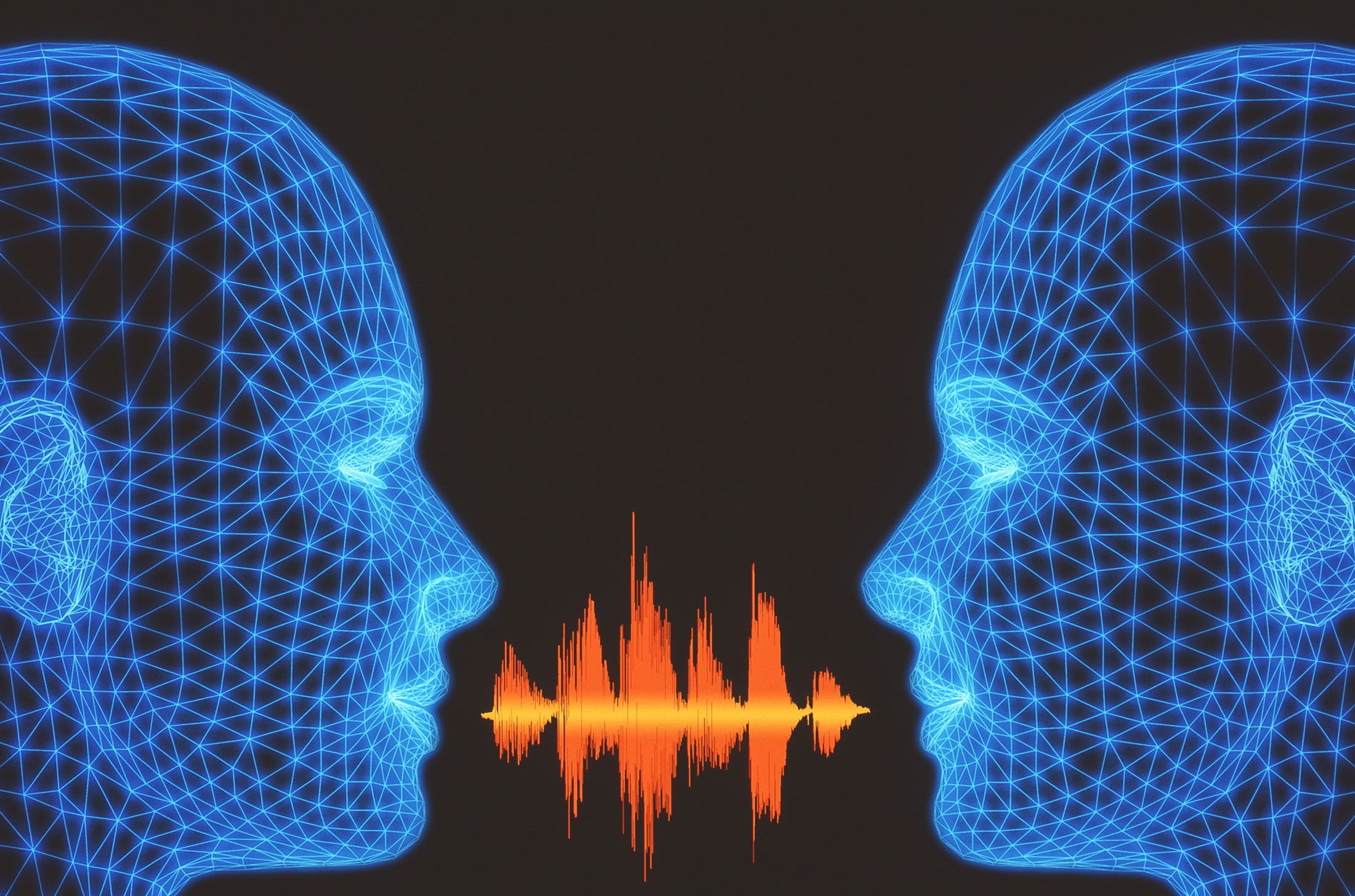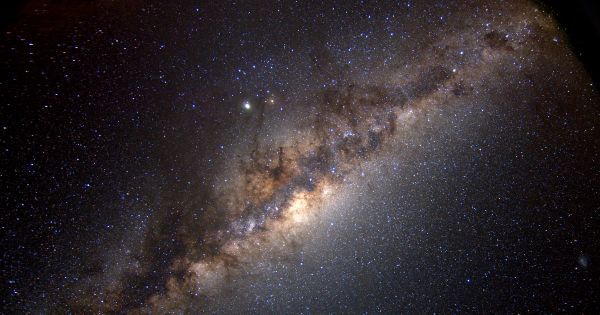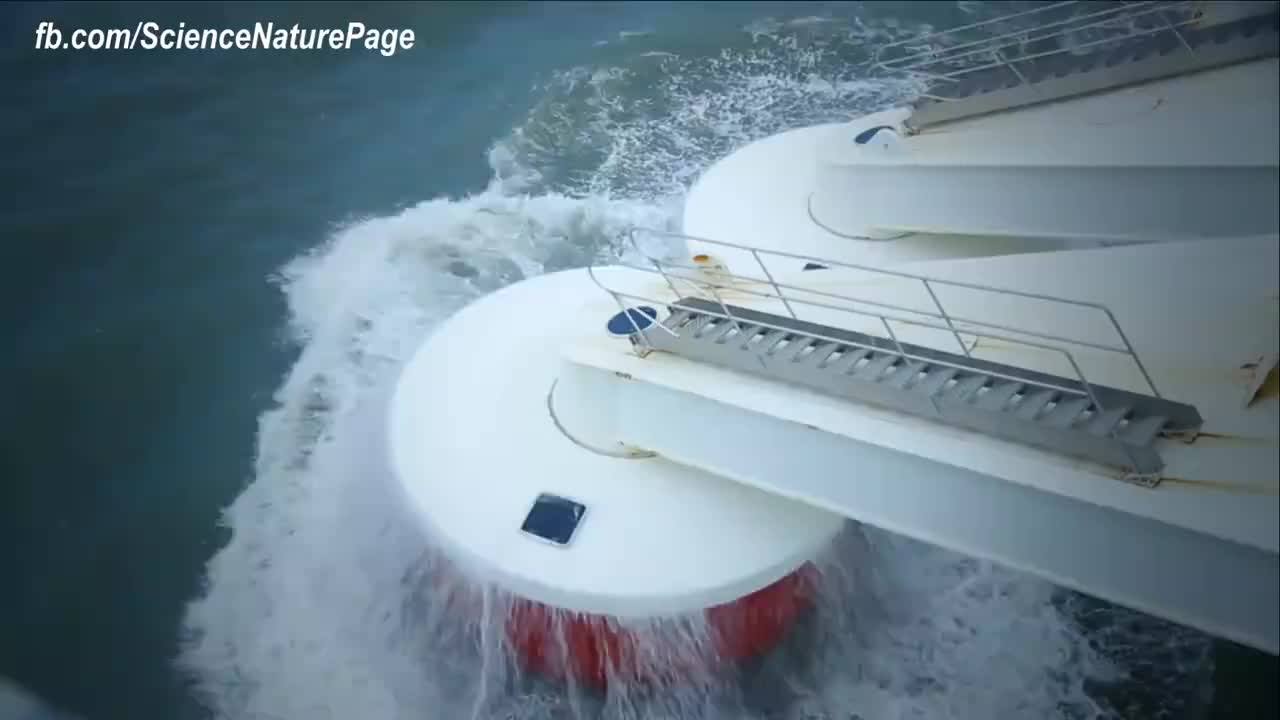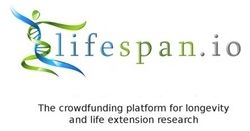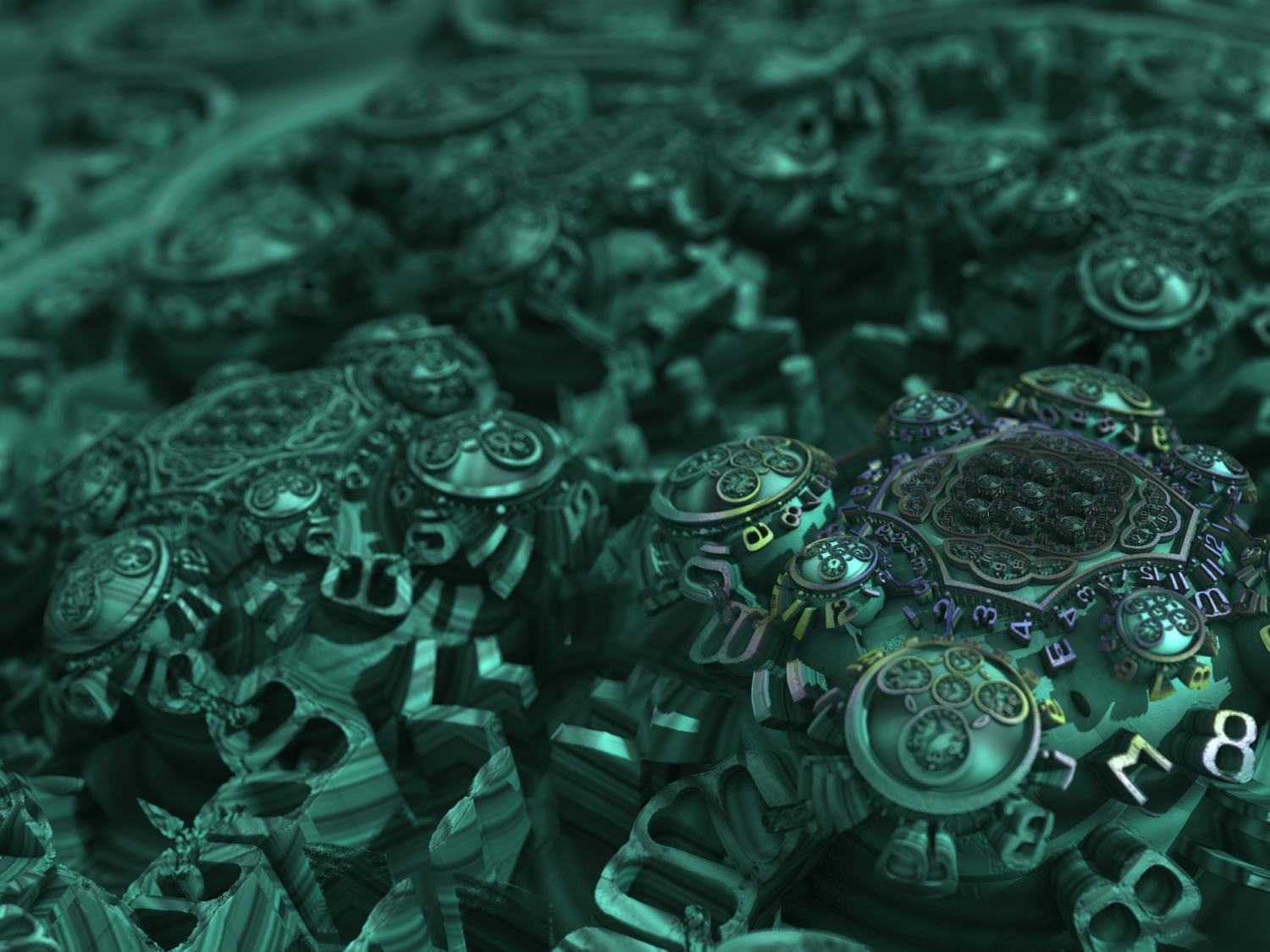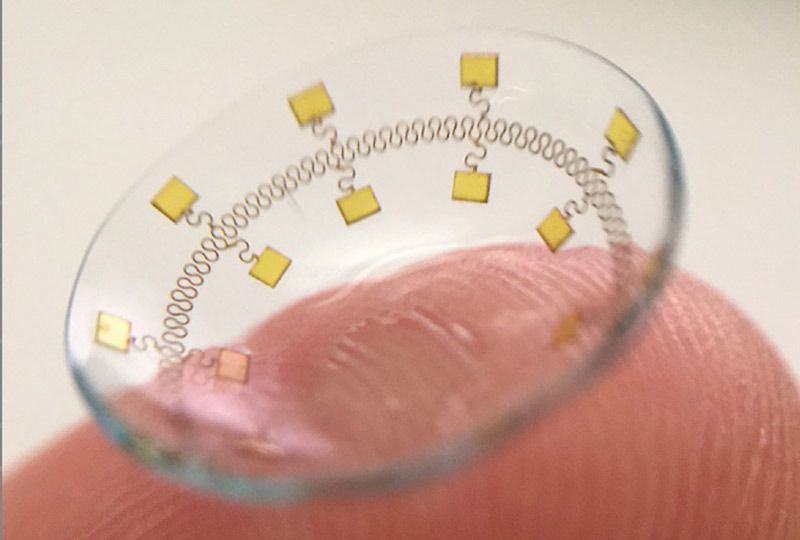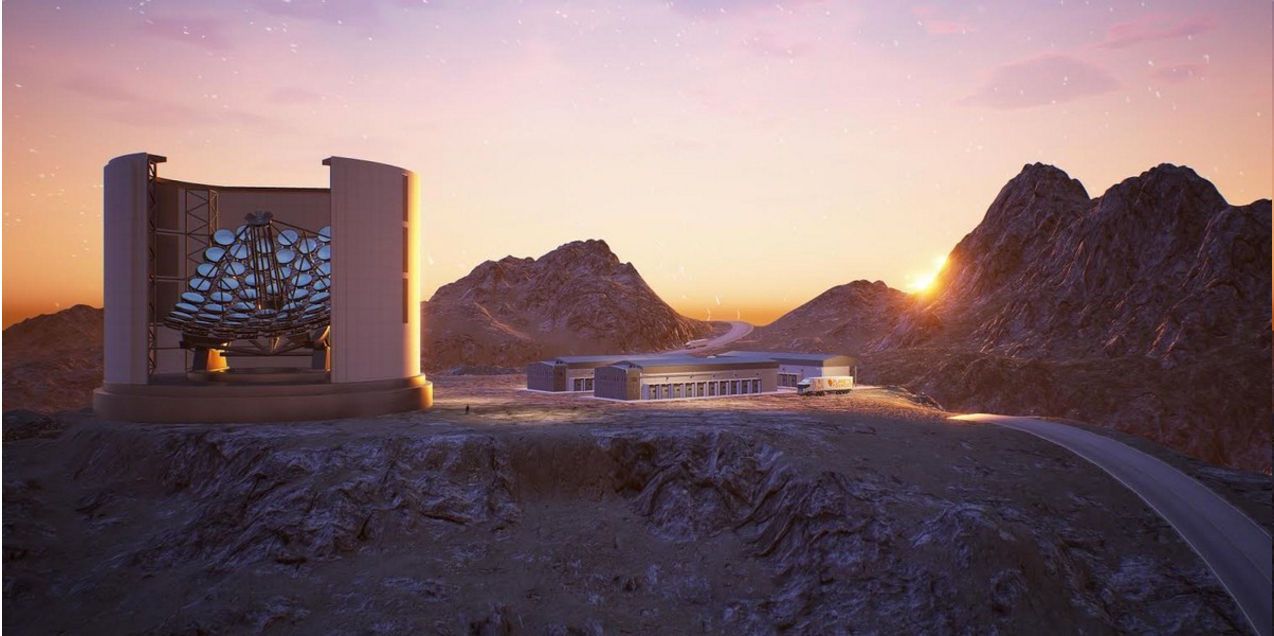Page 10880
Sep 9, 2016
Google’s DeepMind Achieves Speech-Generation Breakthrough
Posted by Carse Peel in categories: computing, robotics/AI
Google’s DeepMind unit, which is working to develop super-intelligent computers, has created a system for machine-generated speech that it says outperforms existing technology by 50 percent.
U.K.-based DeepMind, which Google acquired for about 400 million pounds ($533 million) in 2014, developed an artificial intelligence called WaveNet that can mimic human speech by learning how to form the individual sound waves a human voice creates, it said in a blog post Friday. In blind tests for U.S. English and Mandarin Chinese, human listeners found WaveNet-generated speech sounded more natural than that created with any of Google’s existing text-to-speech programs, which are based on different technologies. WaveNet still underperformed recordings of actual human speech.
Sep 9, 2016
Sci-Fi and Sci-Fact: Understanding The Star Trek and Alcubierre Warp Drives
Posted by Shailesh Prasad in category: space travel
Warp drive. It is a technology that humanity has dreamed about for years; however, in reality, it is more than just a dream—a number of scientists have long speculated about how such devices would actually work. Unfortunately, the ideas are largely just thought experiments, and most experts don’t think that this technology is likely to develop anytime soon (if at all).
But before I start raining on anyone’s parade, let’s break this technology down a bit.
Sep 9, 2016
Breaking Newton’s Third Law: Impossible Space Engine ‘The EMdrive’ Passes Peer Review
Posted by Shailesh Prasad in categories: physics, space travel
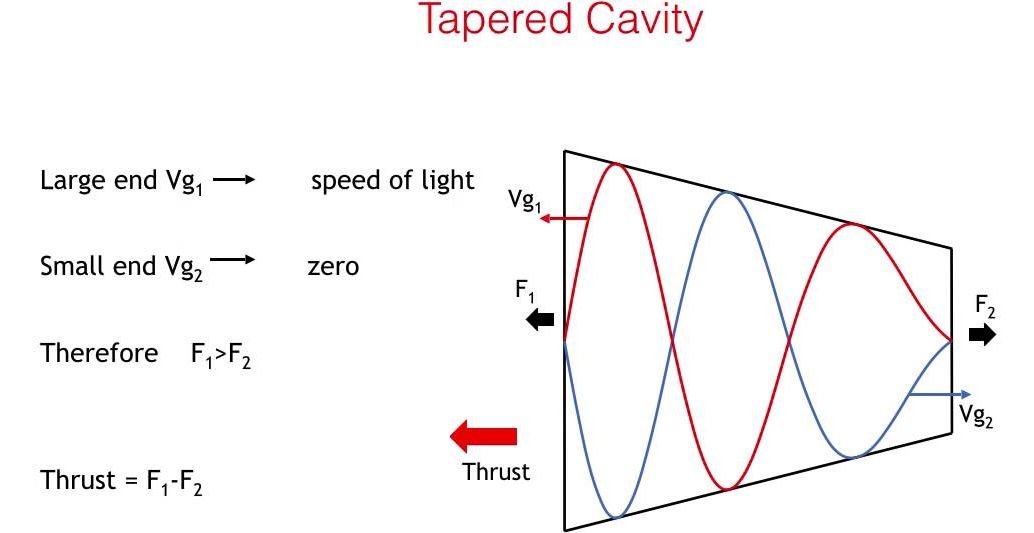
The EmDrive is a new type of rocket engine first proposed by British scientist/electrical engineer Roger Shawyer in 1999. Unlike conventional space rocket engines, the EmDrive doesn’t require any kind of propellant (also known as a reaction mass) to make propulsion possible, and hence partially disobeying Newton’s Third Law: “To each action there’s an equal and opposite reaction”.
Despite the fact that this seems to violate the known laws of physics, a prototype device was submitted to NASA’s Eagleworks lab for testing which came back positive, reports Digital Trends.
Sep 9, 2016
Whoa! What a cool way to transfer energy into electricity!
Posted by Bryan Gatton in category: energy
Sep 9, 2016
Aubrey de Grey & Matthew O’Connor AMA! • /r/Futurology
Posted by Steve Hill in categories: bioengineering, biotech/medical, genetics, life extension
The Aubrey de Grey and Matthew O’Connor SENS AMA on reddit Monday 12th 11am PST.
I am Dr. Aubrey De Grey, biologist, gerontologist PhD and author of the book Ending Aging and Chief Science Officer at the SENS Research Foundation. I am here with researcher Dr. Matthew O’Connor from the MitoSENS project who is an expert on “allotopic expression” of mitochondrial genes. His team has been working on engineering mitochondrial genes to be expressed from the nucleus and targeted to the mitochondia as part of the MitoSENS approach to one of the damages of aging.
Each cell in the body is dependent on the efficient generation of cellular energy by mitochondria to stay alive. Critical to this process are genes encoded within the mitochondrial genome. Over time however, mutations in these genes occur as a result of constant exposure to reactive oxygen species produced by oxidative phosphorylation, the mitochondrial energy generation process. Unlike genes within the nucleus, mitochondria lack an efficient system to repair damaged DNA. This leads to accumulated mutations, resulting in mitochondrial defects and an increase in oxidative stress throughout the body. Closely correlated with this is the observation that organisms which age more slowly also consistently display lower rates of mitochondrial free radical damage. Thus, reversing and/or preventing damage to mitochondrial DNA may be a key factor in slowing the aging process.
Continue reading “Aubrey de Grey & Matthew O’Connor AMA! • /r/Futurology” »
Sep 9, 2016
Time crystals might exist after all
Posted by Andreas Matt in categories: energy, mathematics, physics
(Phys.org)—Are time crystals just a mathematical curiosity, or could they actually physically exist? Physicists have been debating this question since 2012, when Nobel laureate Frank Wilczek first proposed the idea of time crystals. He argued that these hypothetical objects can exhibit periodic motion, such as moving in a circular orbit, in their state of lowest energy, or their “ground state.” Theoretically, objects in their ground states don’t have enough energy to move at all.
In the years since, other physicists have proposed various arguments for why the physical existence of time crystals is impossible—and most physicists do seem to think that time crystals are physically impossible because of their odd properties. Even though time crystals couldn’t be used to generate useful energy (since disturbing them makes them stop moving), and don’t violate the second law of thermodynamics, they do violate a fundamental symmetry of the laws of physics.
However, now in a new paper published in Physical Review Letters, physicists from the University of California, Santa Barbara (UCSB) and Microsoft Station Q (a Microsoft research lab located on the UCSB campus) have demonstrated that it may be possible for time crystals to physically exist.
Sep 9, 2016
Are We Living in a Simulation?
Posted by Andreas Matt in categories: computing, Elon Musk
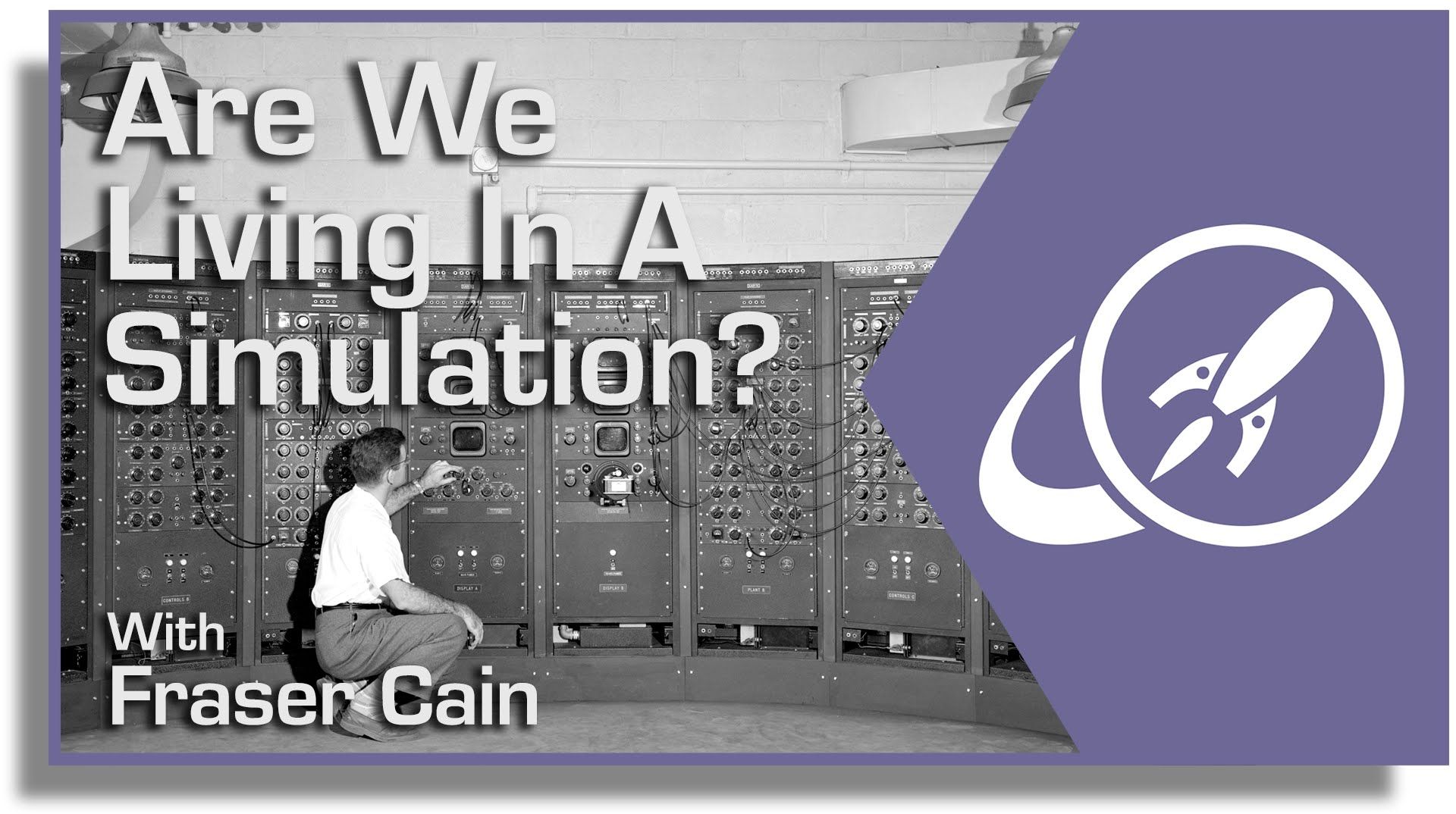
Elon Musk blew our minds when he suggested that it’s highly likely we’re all living in a computer simulation. Seriously? Why would he think this, and how could we tell if it’s true?
Sep 8, 2016
Apple to meet with augmented reality contact lens firm EPGL, discuss possible iOS support
Posted by Klaus Baldauf in category: augmented reality
Apple’s iOS might be first to support an augmented reality contact lens system currently in development at EP Global Communications, as the two companies are scheduled to meet next week to discuss potential platform integrations.
Sep 8, 2016
This Telescope Will Probe Alien Atmospheres
Posted by Klaus Baldauf in category: alien life
The PLANETS telescope will be our first step to seeking out biosignatures in exoplanetary atmospheres.

